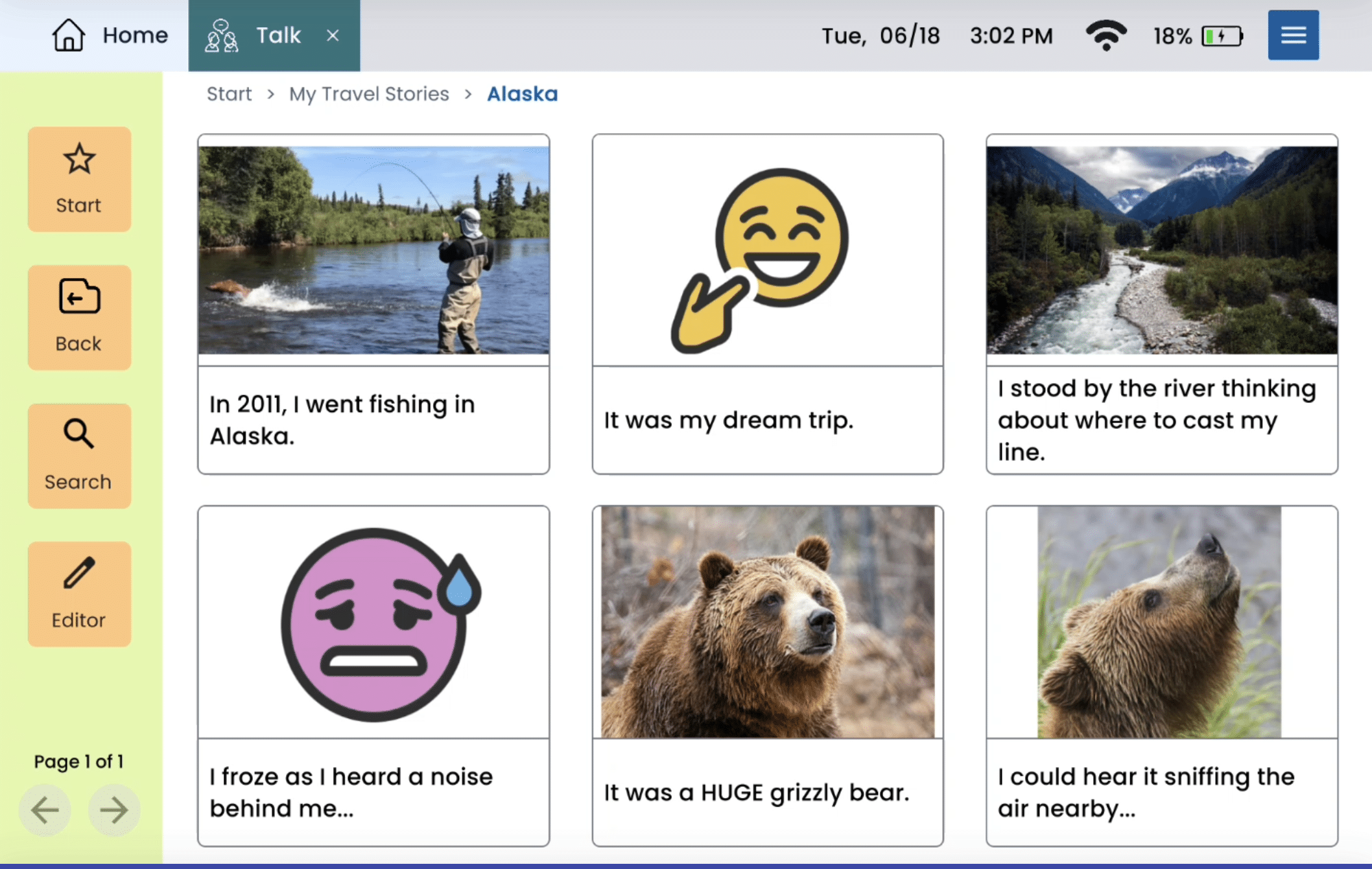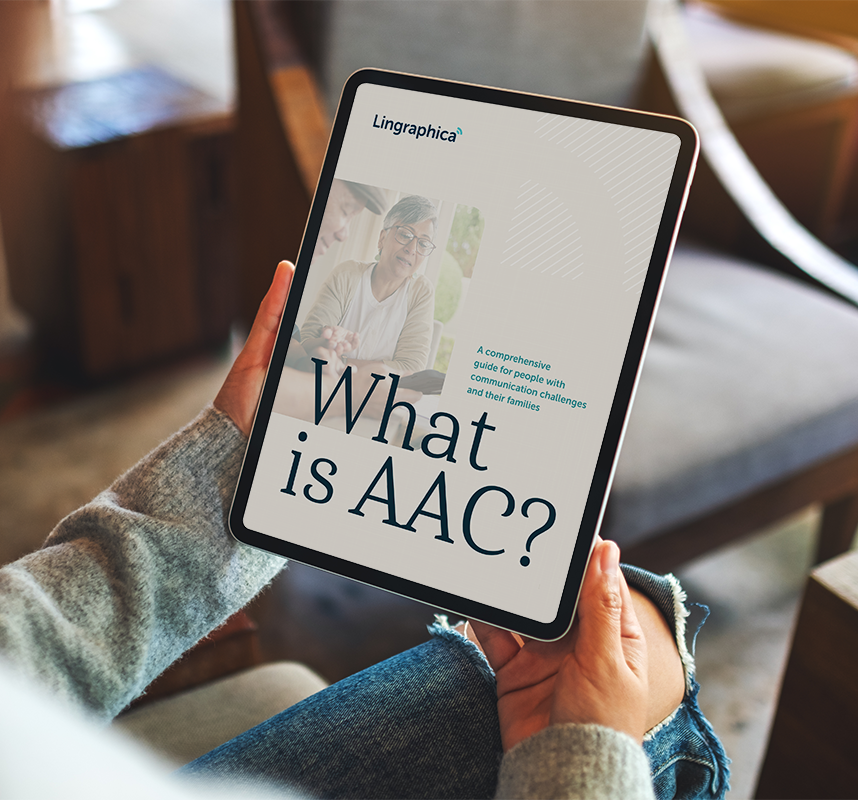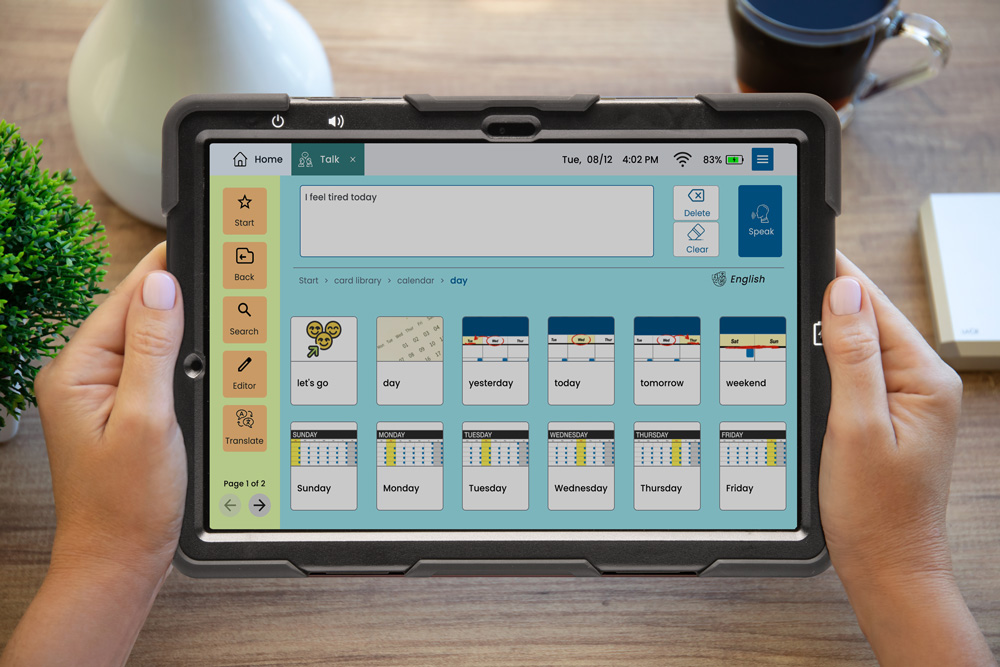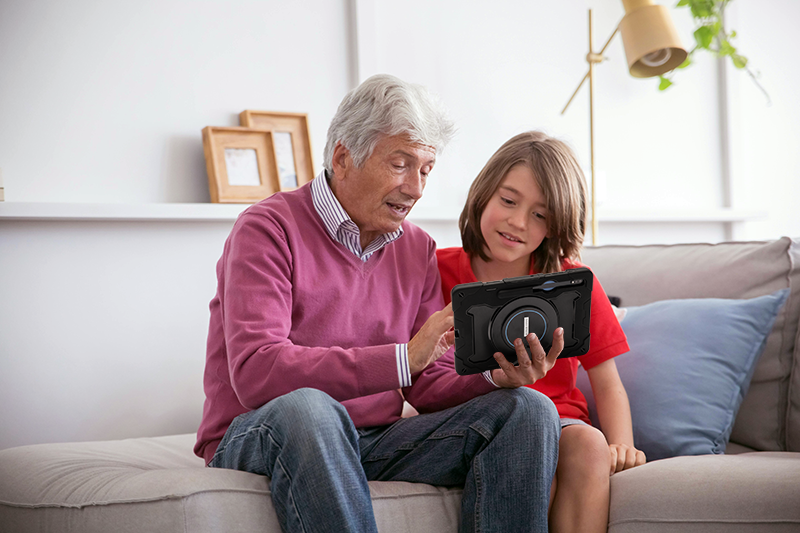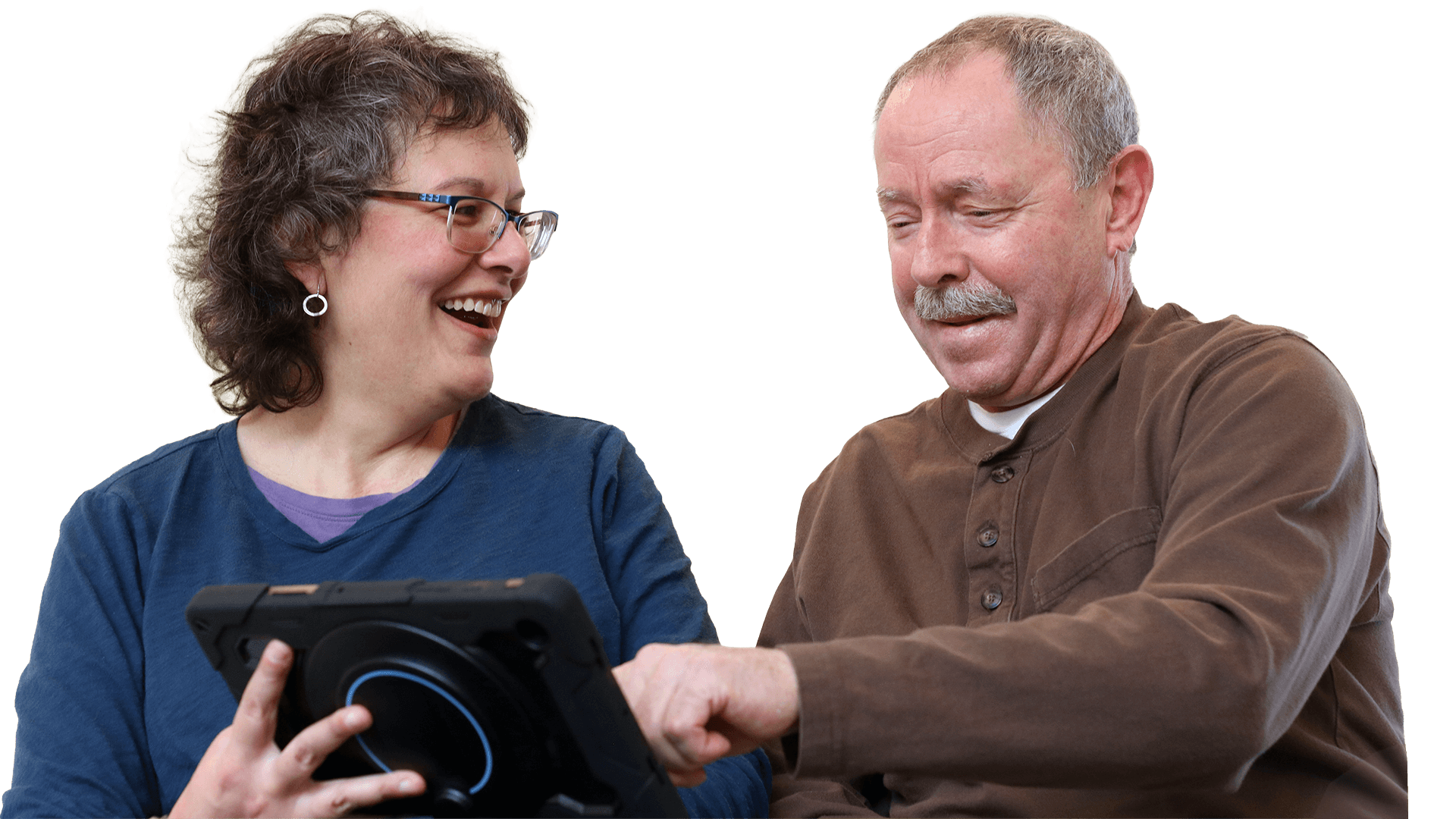
Surviving a stroke and being diagnosed with aphasia is a harrowing experience. Although many individuals fully or partially recover from aphasia within the first year, others endure moderate to severe aphasia for years or even for the rest of their lives.
Aphasia can significantly curb a person’s independence and make them entirely dependent on a caregiver. In fact, many caregivers report that having the person with aphasia become dependent on them is one of the biggest challenges they face.
The good news is that many individuals with aphasia can actually regain their independence by using an augmentative and alternative communication device (also known as an AAC device) to communicate in various settings.
By regaining some independence, there is also less of a burden on caregivers to constantly communicate on their loved one’s behalf. Here are several ways an AAC device can help you or a loved one to become more independent.
Three Ways an AAC Device Help You to Regain Your Independence
Number 1: Communicating with Preprogrammed Icons, Words, and Phrases
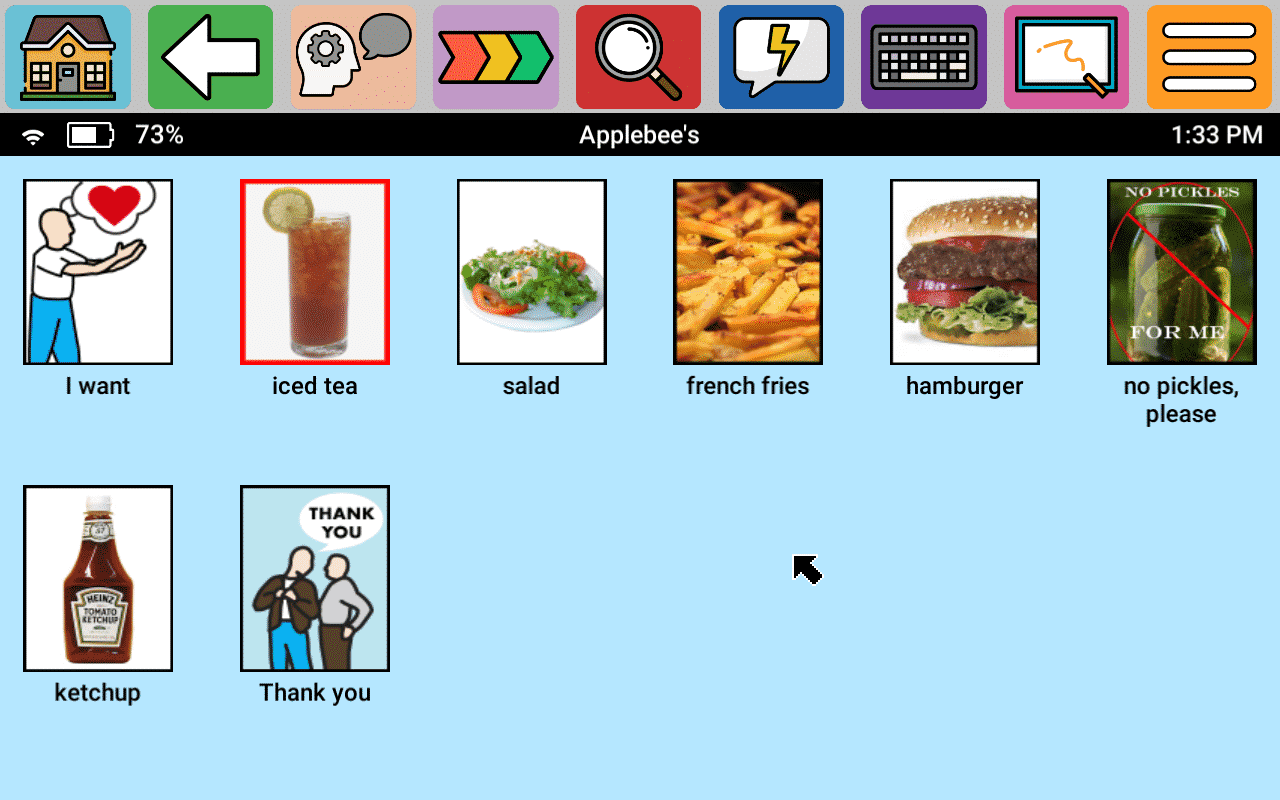
We all have routines and places that we visit frequently or even daily. Consider how often you order a meal from a favorite restaurant, shop at your favorite store, or go for a checkup at your doctor. These routines often constitute a significant part of our lives.
Using an AAC device, you can preprogram icons, words, and phrases before heading out to your favorite places and simply tap on them to have the device speak for you. For example, you can easily ask for “a half pound of swiss cheese, thinly sliced,” at the deli counter by programming it on to the device ahead of time instead of relying on a loved one to speak to the person at the deli counter for you.
Number 2: Communicating with Type and Talk
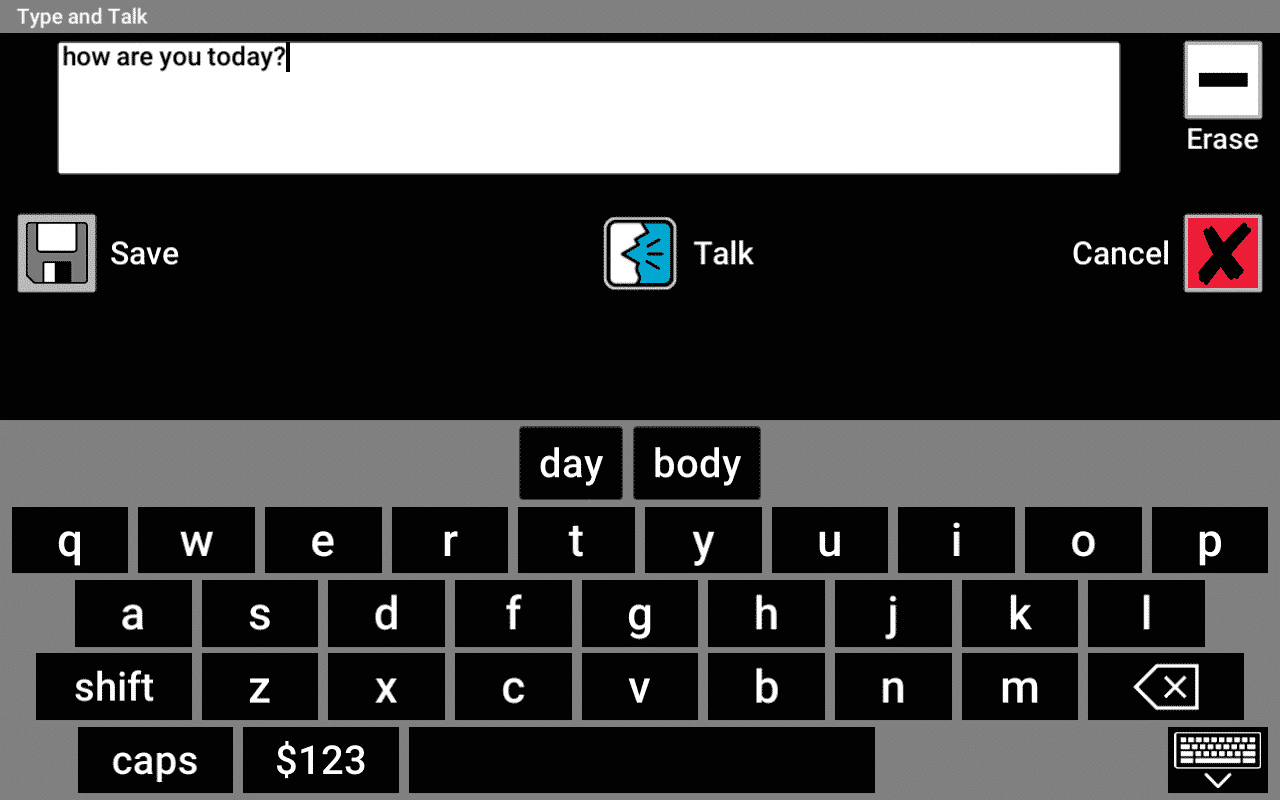
Although everyday routines and the places we visit can account for a big part of your day, you may occasionally find yourself in an entirely new situation. In these instances, it’s helpful to be able to communicate in the moment.
Most AAC devices provide the option to type words and phrases and have the device talk on your behalf. This can be a great feature to use if you find yourself in a novel situation like venturing out to a new restaurant or having a new question for your doctor. It can also be a sort of short cut in the event that you can’t quite find the icon you’d like to use.
Number 3: Communicating with Drawings and Photos

For some individuals with aphasia, communicating by typing thoughts and needs can be daunting. Or it may take a long time to fully communicate what is on their mind. In these cases, it can helpful to use drawings and photos to express one’s thoughts.
Using a whiteboard on an AAC device can help an individual to succinctly communicate a complex thought or need in one drawing. Similarly, using photos can also be a big shortcut. For instance, if you needed help finding replacement windshield wipers for your car, you could simply show the clerk a picture of your car rather than having to communicate the car’s make and model.
About Contributor
Lingraphica helps people with speech and language impairments improve their communication, speech, and quality of life. Try a Lingraphica AAC device for free.



